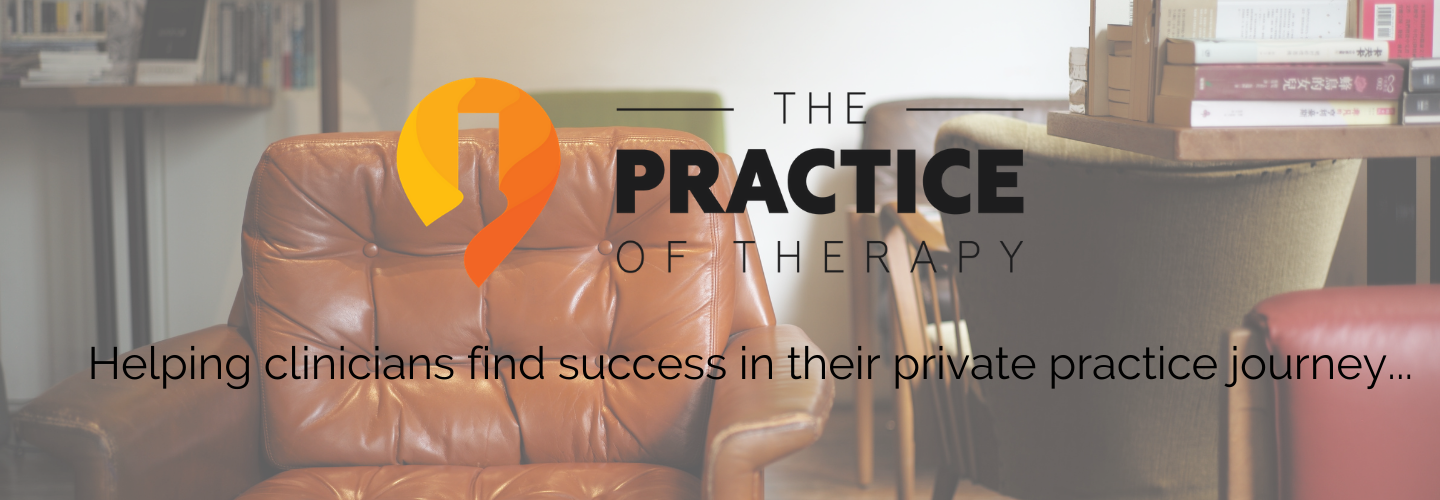Grief and Loss: An Attachment Perspective
 As we have learned from Dr. John Bowlby’s classic research volumes, Attachment and Loss, human relationships and secure attachments matter. As therapists, having this attachment perspective gives us a great way to conceptualize and approach the pain of grief and loss. In this article we will look at grief from an attachment perspective.
As we have learned from Dr. John Bowlby’s classic research volumes, Attachment and Loss, human relationships and secure attachments matter. As therapists, having this attachment perspective gives us a great way to conceptualize and approach the pain of grief and loss. In this article we will look at grief from an attachment perspective.
The moment we are born we have an instinct to attach.
A baby moves through the birth canal and comes into the world gasping for air. The baby is wrapped in something warm and literally has to attach to a nipple for nourishment in order to survive. But as we all well know, a baby needs more than just food to thrive. Babies need to be held and nurtured emotionally in order to grow and become stable human beings.
As we grow though, we have a desire to become autonomous and independent. Toddlers show this to us all the time. They are into everything as they explore the world and learn new tasks, all-the-while checking back to see if mom or dad is watching. When faced with strangers or situations they are unsure of, a toddler will cling to the parent for reassurance and safety. It is just programed into our DNA to respond that way.
It turns out that we carry this innate desire to attach with us all through life. It is what helps us survive and develop relationships. It is also what drives us to seek out life partners and/or marriage. We all are programmed to attach.
To experience the death of a loved one a person is absolutely faced with the pain and struggle of detaching from that person. This detaching and the pain that we feel is what we all know as grief. It is by far the most painful of human emotions. It is because we have attached that we experience grief when a death or loss occurs.
We learn to cope with grief throughout our lives…
In many ways we learn throughout life how to cope with grief. From that first time that a toddler is faced with being separated from a parent, they experience grief. If we find ourselves lost or we lose our cell phone, we experience grief. We quickly recover from those emotions though when find what we have lost. There is a sense of relief and joy. But when someone dies, that recovery is slow to come and the pain that ensues sometimes feels unbearable.
As a therapist and as I also learned from being a former funeral director, helping people through the grieving process or bereavement feels daunting at times. There is no way possible for us to bring back what is lost. Providing comfort to the survivors and the intense pain we see them in leaves us feeling helpless at times. But as Dr. Sue Johnson points out in her book, Hold Me Tight, “suffering is given; suffering alone is intolerable”. But what I have learned in my own practice and from my former career as a funeral director, that learning how to be present and providing people with the tools to reattach in new ways seems to help.
Here are a few tips that seem to be helpful for people in their recovery from the loss of a loved one:
- Re-assure and normalize the grief- Normal grief and bereavement is a process. I always tell people that our significant relationships develop and grow over several years or a lifetime. So to just simply detach and move on is utterly ridiculous! So normalizing the fact that this will take some time gives people sense that things will not always be like they are now.
- Encourage dialog about the deceased- It is so important for people to be able to tell the story about what happened. Encourage people to talk about how the person and how they were significant to them. Also, it is important to explore some of the negative feelings they might have for the deceased. It is pretty common for people to feel angry at the deceased for leaving them. Again, this is all normal stuff!
- Encourage rituals and memorialization – When someone dies, we are in some ways forced to end that relationship with them. Rituals, funerals and memorial services give us a way to mark this milestone. Just like with birthdays, anniversaries and graduations, we need to mark those significant times in our lives. Simple things like releasing balloons or butterflies have a way of helping us begin the process of creating meaning out of the tragedy. The death date is usually etched in our memories just like birthdays and anniversaries. Encourage people to do something to mark and remember those dates.
- Help clients find other ways to attach – When someone dies, there is a gap that is created in people’s lives. Certainly though, there is no way to replace the person that has died. But what we can do is explore with clients how they might begin to invest their emotional energy into other people and other things in a healthy way. It just seems to help fill that need to attach.
(One thing of note about this: Many times people feel a sense of guilt for re-investing in others or beginning new relationships. It feels as if they are somehow being disloyal to the deceased. This too is a normal way of feeling during the grieving process. A way to provide reassurance for people experiencing this is to let them know that our capacity to love is limitless. You never love the person who has died any less when you allow yourself to love others just as much. It is simply a shifting of the emotional energy and allow oneself to attend to that need for attaching.)
- Help clients to cope with reoccurring grief- Grief seems to be universally described as “coming in waves”. Over time, and as people begin readjusting and reattaching in their lives, feelings of grief tend to come up again. I like to call it “bubbling up”. As therapists we have the opportunity to help people come up with strategies for themselves when that happens. Also to prepare clients to think in terms of not IF it happens but WHEN it happens. Because feelings of grief and sadness about the person that has died will continue to come up for them the rest of their lives. Certainly the grief is less intense, but it is there at times nonetheless.
For those of us in the helping fields, we have the opportunity to be present with people as they journey through these critical times of their lives. Needless to say, loss and death are very much a part of life. By understanding grief through the lens of Attachment Theory, we can help facilitate people’s journey out of the darkness of despair into finding a “new normal” with other healthy attachments. Grief is inevitable for every human being at some point in their life. “Recovery” from grief occurs when people reinvest their emotional energy in new ways through healthy attachments.
Recommended resources:
 By L. Gordon Brewer, Jr., MEd. LMFT – Gordon is the President and Founder of Kingsport Counseling Associates, PLLC. He is also a consultant and business mentor at The Practice of Therapy.
By L. Gordon Brewer, Jr., MEd. LMFT – Gordon is the President and Founder of Kingsport Counseling Associates, PLLC. He is also a consultant and business mentor at The Practice of Therapy.




